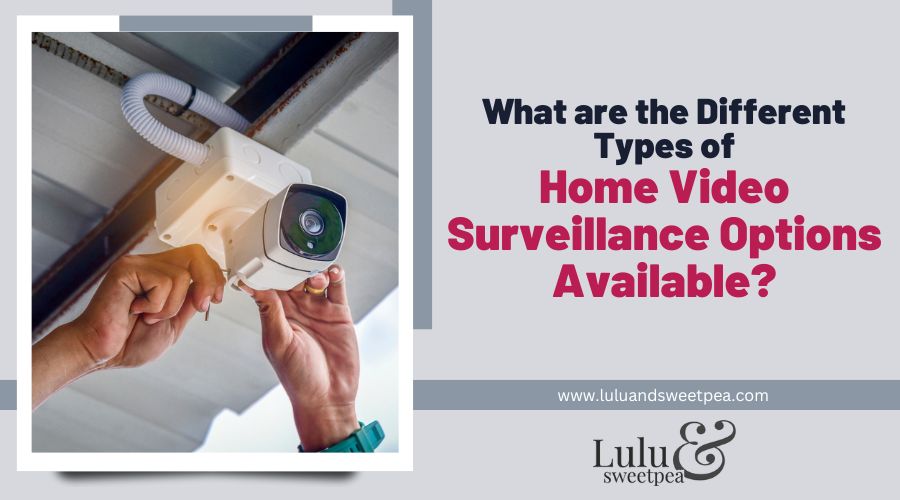Do you want to know the best way to use home video surveillance in your home?
It can be confusing and overwhelming to figure out which cameras are the best for you and your family. There are so many options available—and most of them are expensive! But if you’re willing to spend a little extra money, it’s worth it. You’ll have peace of mind from knowing your family is safe, and you’ll be able to see what’s happening in your house from anywhere in the world.
Home surveillance systems are an excellent way to keep tabs on what’s happening in your home when you’re not there. You can make them as simple or as sophisticated as you’d like, depending on how much money you want. You should be aware of the following things about them:
Types of Security Cameras
Bullet Security Cameras
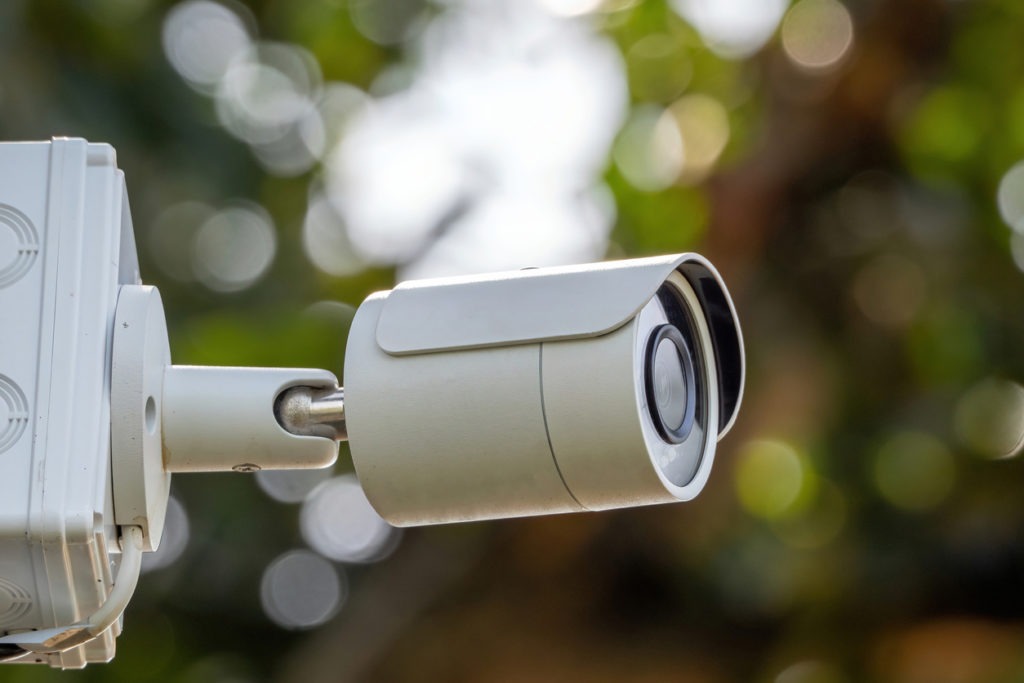
Bullet Security Cameras are the most common type of security camera, and for a good reason: they’re easy to install, offer great video quality, and are affordable. They can be used indoors or outdoors and can even be mounted on the ceiling.
Bullet cameras come in various shapes and sizes, so you can choose one that suits your needs. Many options are available if you’re looking for a bullet camera with night vision capabilities!
Another great thing about bullet cameras is their size: They don’t take up as much space as other types of security cameras do. This means that if you want to use them in an area where space is limited (like a small room), then this camera will work well for you.
Dome Security Cameras
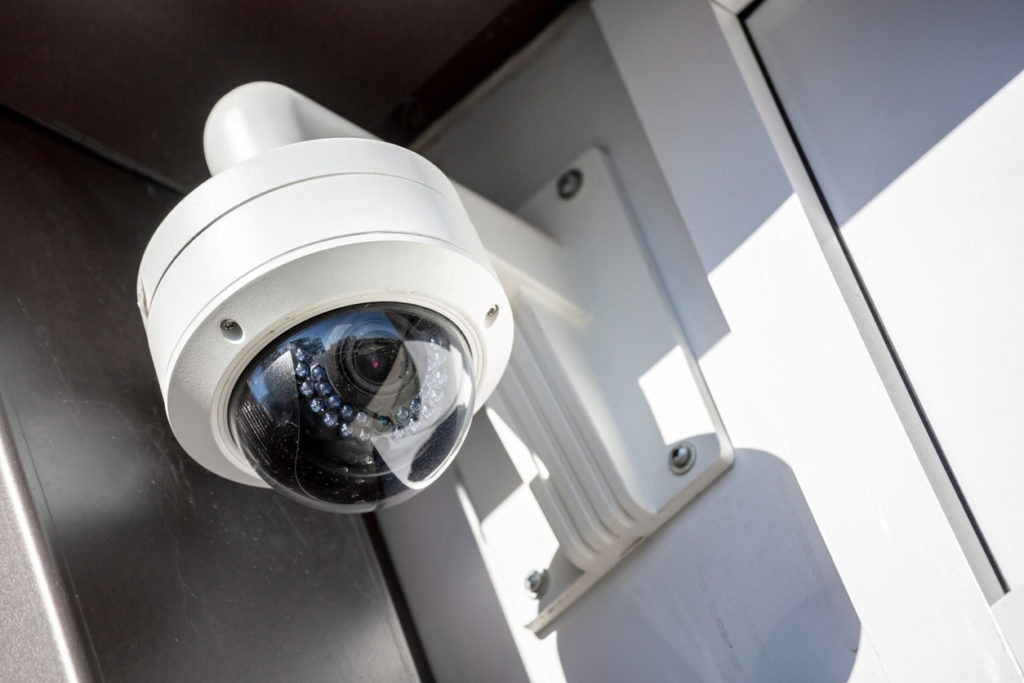
Dome security cameras are one of the most popular types of security cameras. They have a dome-shaped lens and are usually mounted on a ceiling or wall so that you have assistance monitoring your home from above.
Dome security cameras are different from other types because they have a wide-angle lens, allowing them to see more of what’s happening around them. They also have a high resolution, so they can show clear images even when there’s motion in front of them. Security cameras are great for watching large areas such as parking lots or warehouse spaces. Or any other place you’d like to keep an eye on what’s happening without moving around much yourself!
Dome security cameras are often used by businesses. Still, they’re also great for homeowners who want to keep an eye on their property without always being present. With these cameras, you’ll be able to know if anything happens even when you aren’t there!
C-Mount Security Cameras
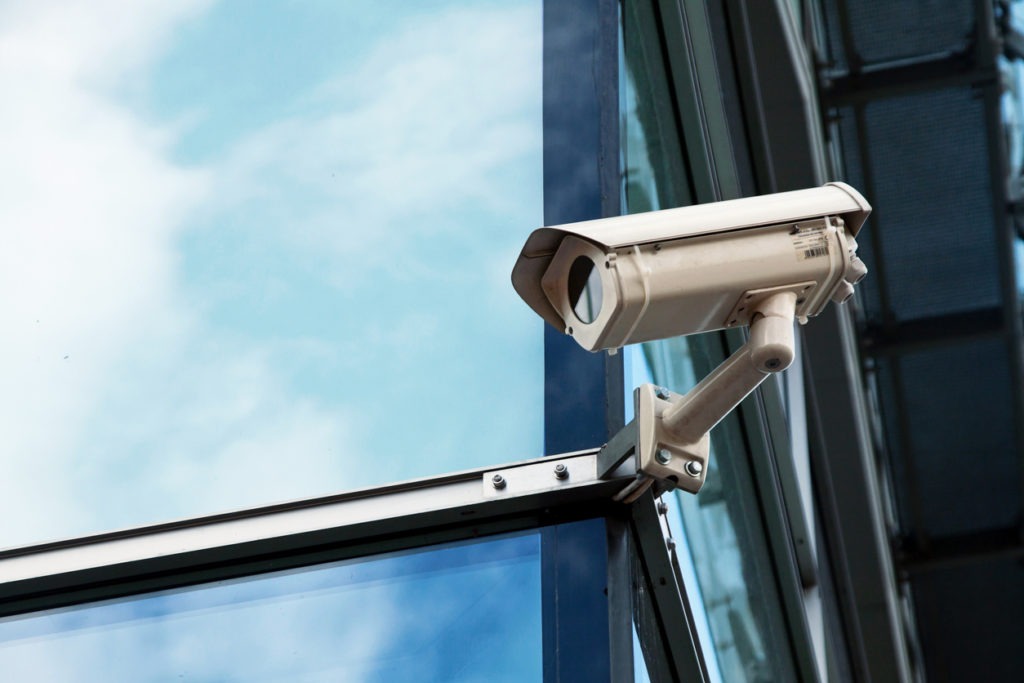
If you’re looking for a security camera that’s easy to mount and will last a long time, C-Mount cameras might be just what you need. They have a unique mounting system that makes them ideal for use in many different situations.
C-Mount cameras are mounted with the lens facing downwards to capture whatever is in the view of the lens. This can be especially useful for capturing objects or people moving below, such as at an airport or factory floor.
C-Mount cameras are also durable because they are made from strong materials that can withstand wear and tear over time. These make them ideal for use outdoors in harsh climates or indoors, where there may be children who could damage them by playing with them or accidentally knocking them over onto hard surfaces.
Infrared Security Cameras
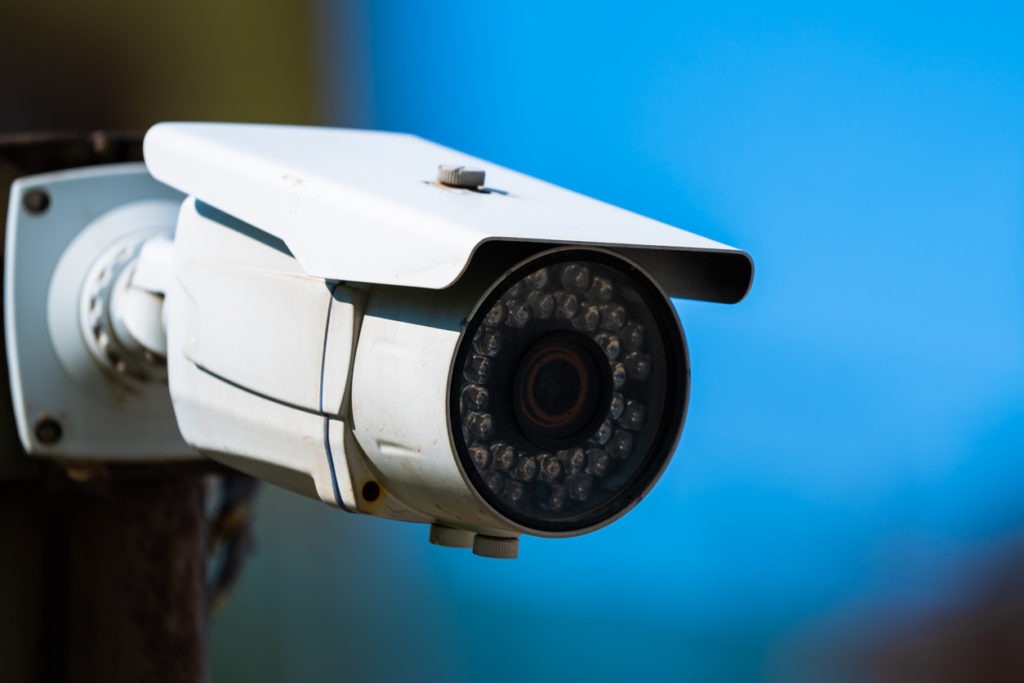
Infrared security cameras are a great way to ensure your home or business is safe and secure. These cameras are different from regular security cameras because they use infrared technology, which means they can see in the dark without needing extra lighting.
Infrared security cameras have some other perks as well. You’ll have much clearer footage when installing them than a regular camera because of their wide-angle lens and night vision capabilities. This means that you’ll be able to see more of what’s going on around your property—and it also means that you won’t need to bother with turning on the lights when you want to check in on things!
Another benefit of infrared security cameras is that they don’t emit light signals that could distract or disorient trespassers. Because they’re so small and subtle, they’re great for catching people who try to break into your house or business without being noticed by others nearby!
IP Security Cameras
IP security cameras are a great way to keep your home and business safe. They’re easy to install, and they’re even easier to use.
The first step in using an IP security camera is choosing the right one. There are a few IP security cameras, so you’ll want to ensure you’re getting the right one for your needs. The most common types of IP security cameras are:
Wireless IP Security Cameras
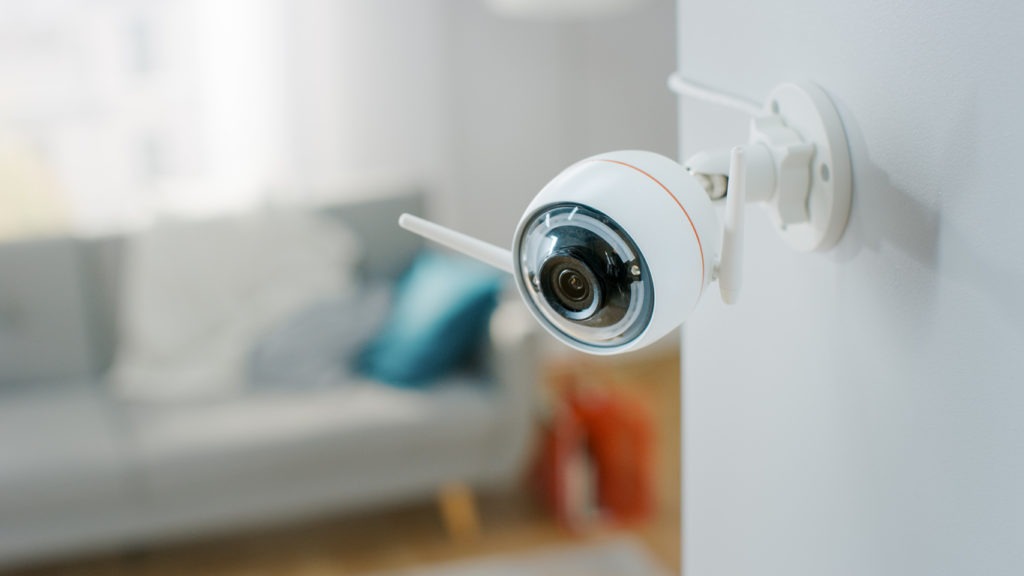
Wireless IP security cameras are exactly what they sound like: they’re equipped with Wi-Fi capability and can be accessed remotely. This makes them ideal for people who want to keep an eye on their homes. On the other hand, everyone who is away at work or school and anyone who needs easy access to footage in case of an emergency (or wants a quick peek at what’s going on).
As far as features go, there aren’t many differences between wired and wireless models—they have similar capabilities like motion detection and night vision. The main difference between the two is that wired cameras must be plugged into electricity at all times to operate properly; wireless models can be placed anywhere within your router’s range without requiring additional wiring or installation.
Wired IP Security Cameras
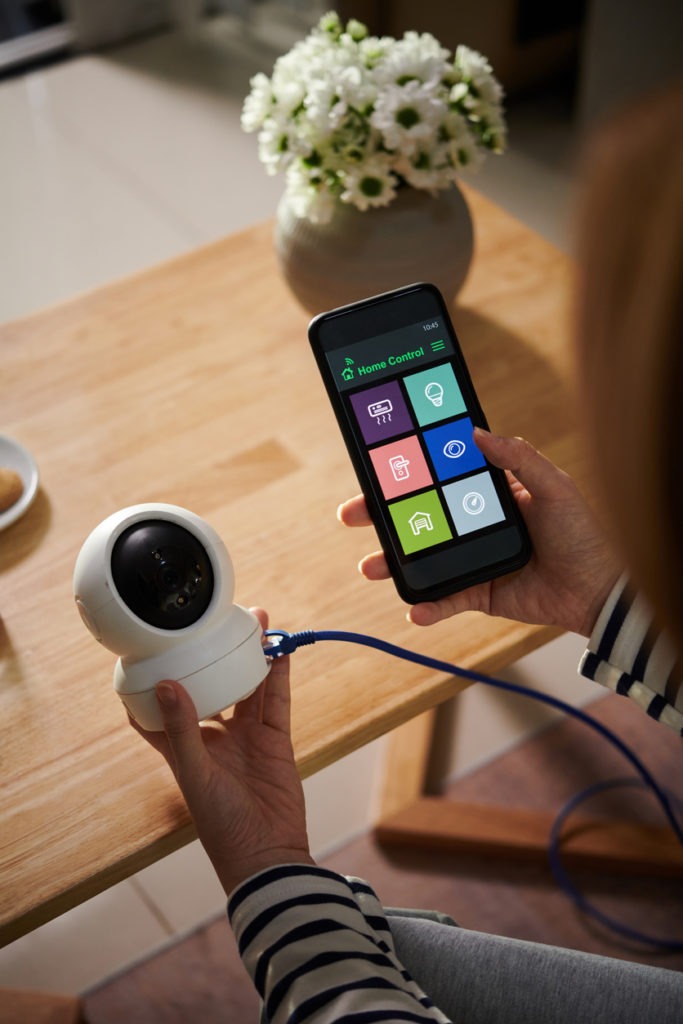
A Wired IP Security Camera, or just a “wired” camera, is a type of IP camera that uses a cable to connect it to your network. This means you don’t need to use Wi-Fi to access the camera’s footage, making them more reliable and secure than wireless cameras. The cable can be an Ethernet cable or something more advanced like a fiber optic cable.
All wired IP security cameras have built-in motion detection and digital zoom. Still, they also vary in terms of other features. Some models allow you to view live footage through your smartphone or computer. In contrast, others have infrared night vision capabilities or cloud storage options for saving recordings for later viewing.
PTZ Security Cameras
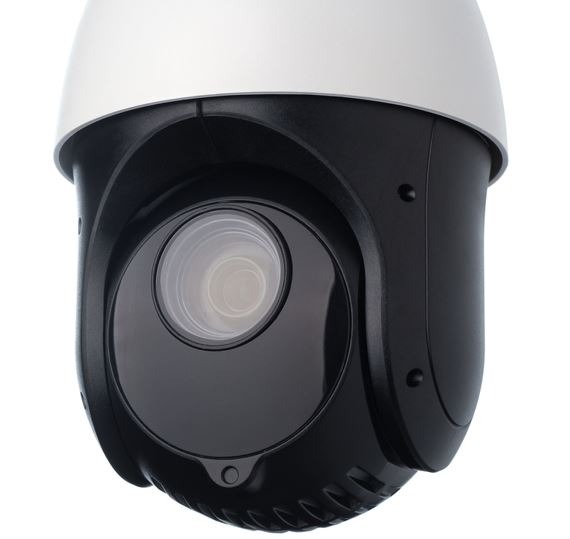
PTZ, or pan-tilt-zoom cameras, are an incredibly versatile type of security camera. They can be used to monitor a large area and capture footage in high definition. These cameras are ideal for areas with a lot of traffic, such as parking lots and busy streets.
These cameras use a motorized lens that moves horizontally and vertically to zoom in on subjects from different angles and even change the focus. This allows you to get the best possible view from your camera no matter where you place it.
PTZs are ideal for monitoring large areas as they can be mounted above crowds or placed on poles so that you can see everything happening below them. They’re also great for recording concerts or sporting events because they can follow the action around the entire arena without repositioning themselves too often (or at all).
One thing to remember when using PTZs is that their movement may not be smooth—it may seem jerky or jumpy as it changes angles abruptly. If this bothers you, a standard security camera might be more suitable for your needs instead!
Features to Look for in a Security Camera
Video Quality
Regarding security cameras, video quality is one of the most important features. You should see faces and license plates clearly because it should be detailed and clear enough but not so high-quality that it’s a grainy mess and hard to watch. You may want a 4K or 1080P camera, depending on your needs.
A good rule of thumb is to aim for 1080P if you’re looking to save money on storage space, but if you want to make sure you can read license plates without having to zoom in too much, go for 4K.
Motion-Activated Recording/Alerts
Motion-activated recordings are a great way to save on storage space and organize your footage.
If you have a lot of activity in your home, don’t spend time sifting through hours of video footage. Set up your camera to record any movement it sees after a certain time.
This feature is also helpful if you want to receive alerts when there’s motion in the room. The camera can be set up to send an alert whenever it detects movement, or it can even send an alert if it detects a specific person or animal!
Accessible Storage
It’s important to ensure your security camera can store its footage in an accessible place. If you have to go through many steps to get the footage you need, it can be too much of a hassle and make it less likely that you’ll get the video when you need it most.
The best cameras allow you to easily access their footage via a USB, SD card, or cloud service. You should consider another brand if you cannot easily access the footage from the camera itself.
Wide-Angle Lens or Pan-Tilt Capability
You may have heard the term “wide-angle lens” or “pan-tilt capability” when shopping for security cameras, but what do these terms mean?
A wide-angle lens is a camera with a field of view (FOV) greater than 75 degrees. This means you can see more areas with one camera than you could with one standard lens. Pan-tilt capability is when your camera can move its field of view up and down and side to side to zoom in on something important happening in front of it.
You may wonder which feature is more important: wide-angle lens or pan-tilt capability? Well, this really depends on your needs. If you want to see more area in one shot, then a wide-angle lens might be the better choice. However, suppose you want to zoom in on something specific happening in front of your camera (like an intruder). In that case, a pan-tilt should work better for that purpose. It allows more flexibility when zooming in on an object or person than just using a wide-angle lens alone.
Two-Way Communication
Communicating with someone or something is one of the most important features of any security camera. A camera that can’t speak or listen to you is essentially worthless.
There are several ways that two-way communication can be accomplished on a security camera. The most common way is through a microphone, which allows you to speak directly into the camera and have your voice transmitted to the person or thing on the other end. This feature is invaluable when you need help or want to ask a question.
You can accomplish two-way communication through video streaming technology. You can do this by seeing what’s happening in real time from an app on your phone (or other devices) and talking back and forth with whoever is monitoring the feed. This feature is especially useful for parents who want to keep an eye on their kids while at school or away from home for work purposes.
Night Vision
Night vision is a feature that allows you to see in the dark. Most security cameras come with this feature. However, it’s crucial to understand what it means and what it can accomplish for you.
Night vision is an infrared light that is invisible to the human eye but can be seen by the camera. This allows you to see in pitch-black environments at night. However, there are some limitations: the rotating cameras will only see as far as their infrared lighting, so if your home has dark corners or areas where there isn’t any IR light, those areas will be completely blacked out on your video footage. Also, suppose someone turns off the lights in their house, so they aren’t visible on security cameras (like a burglar). In that case, there won’t be any IR light for the camera to capture them.
Benefits of Having a Home Video Surveillance
Suppose you’re thinking about getting a home surveillance system. In that case, you might want to know the advantages before you make a decision.
There’s no doubt that home video surveillance can help keep your family safe and secure. The following are just some of the benefits of having a home video surveillance system:
- It’s cost-effective. With home video surveillance, you don’t have to hire someone to watch your house all day—you need one system that you can control remotely that will alert you when something goes wrong.
- You can see what’s happening in real-time. If something happens while you’re away from home, you’ll know about it immediately and can act quickly.
- It helps deter crime in your area by making criminals think twice before doing something illegal on camera!
- You’ll know what’s happening when things aren’t exactly as they seem! Sometimes people look like they’re doing something suspicious when they’re actually just doing their job or taking out the trash. But if there’s a camera nearby, you can check out what’s happening before calling the cops for someone who might not deserve it!
- Home video surveillance is an excellent way for parents to monitor their kids, so they don’t get into trouble while away.
Conclusion
So now you know all about the different types of home surveillance video and how to choose the right one for your needs.
If you’re still not sure which one is the best fit for you, we recommend starting with a simple webcam or security camera that won’t break the bank. From there, you can always upgrade to more advanced options as needed.
You’ll be surprised at how much having security cameras installed can help give you peace of mind—and keep your family safe!
